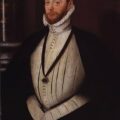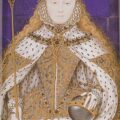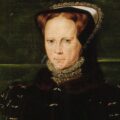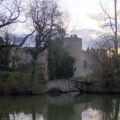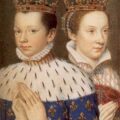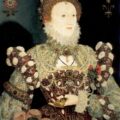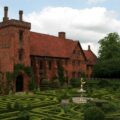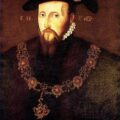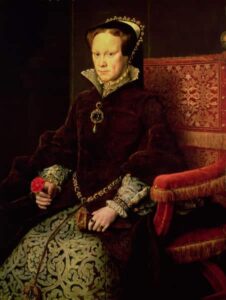
On the 6th July 1557, Mary I’s husband, King Philip II of Spain, left England for France, followed by the Earl of Pembroke and 1,000 English soldiers a few days later. Author and historian, Anna Whitelock, notes how the force included “former rebels and plotters”, such as Robert Dudley, Sir Peter Carew, Sir James Croft and Sir Nicholas Throckmorton.
In the August, some of Pembroke’s men helped the Spanish troops capture the city of Saint-Quentin – a great start to the war on France. However, on the 1st January 1558, the French took adavantage of the winter lull in campaigning and the frozen marshes to wreak their revenge on the English forces. 27,000 French soldiers attacked the city of Calais which had been in English possession since 1347 when Edward III captured it. It was the very last English territory in France. By the 7th January, French troops, led by the Duke of Guise, had entered the castle, forcing the Lord Deputy of Calais, Thomas Wentworth, to surrender.
It was a huge blow for Mary I and England and it is said that Mary exclaimed to one of her attendants, “”When I am dead and opened, you shall find ‘Philip’ and ‘Calais’ lying in my heart”. Mary never saw her husband again and she died just 10 months later, on the 17th November 1558.
